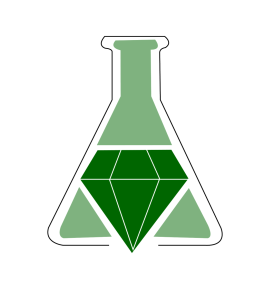Organic-Solvent-Free Phase-Transfer Oxidation of Alcohols Using Hydrogen Peroxide

Summary
An organic chemistry laboratory experiment illustrating the oxidation of primary and secondary alcohols to their corresponding aldehyde or ketones, respectively, is described. The procedure uses 30% aqueous hydrogen peroxide in the presence of a tungsten catalyst (sodium tungstate) using phase transfer catalysis. The described experiments illustrate basic organic reaction chemistry and techniques and may be used to introduce gas chromatography and 1H NMR spectroscopy to evaluate product composition and purity and infrared spectroscopy to confirm functional group transformation and describe product composition. The procedure illustrates the use of an environmentally benign, organic-solvent-free oxidation system for functional group transformations.
Supplemental materials are provided on the J. Chem. Educ. website and include laboratory procedures, instructor's notes, tables of reagents and products, and spectra.
Summary prepared for the original GEMs database May 2005 by Julie A. Haack, Department of Chemistry at the University of Oregon.
Organic-Solvent-Free Phase-Transfer Oxidation of Alcohols Using Hydrogen Peroxide
Martin Hulce and David W. Marks
Journal of Chemical Education 2001 78 (1), 66
DOI: 10.1021/ed078p66
Supplemental materials are provided on the J. Chem. Educ. website and include laboratory procedures, instructor's notes, tables of reagents and products, and spectra.
Summary prepared for the original GEMs database May 2005 by Julie A. Haack, Department of Chemistry at the University of Oregon.
Organic-Solvent-Free Phase-Transfer Oxidation of Alcohols Using Hydrogen Peroxide
Martin Hulce and David W. Marks
Journal of Chemical Education 2001 78 (1), 66
DOI: 10.1021/ed078p66
Safety Precautions, Hazards, and Risk Assessment
See published journal article
